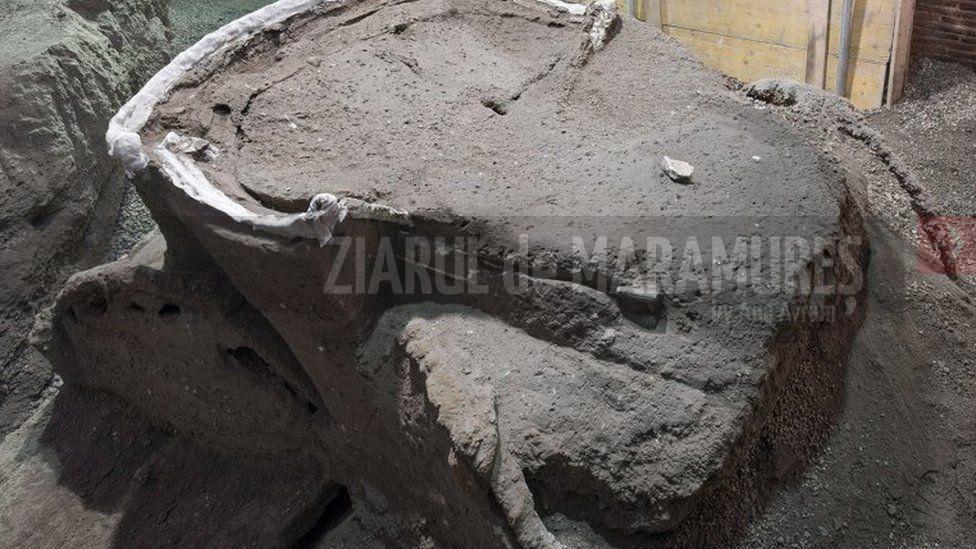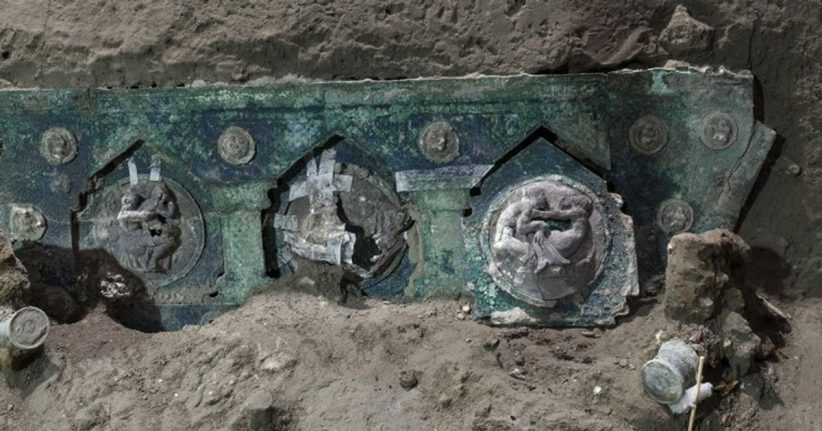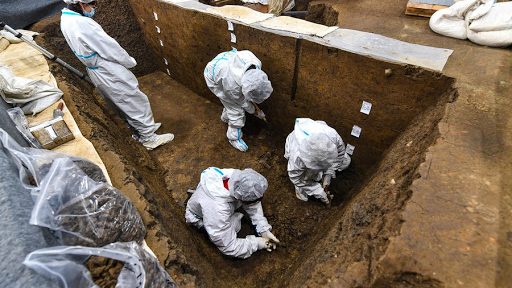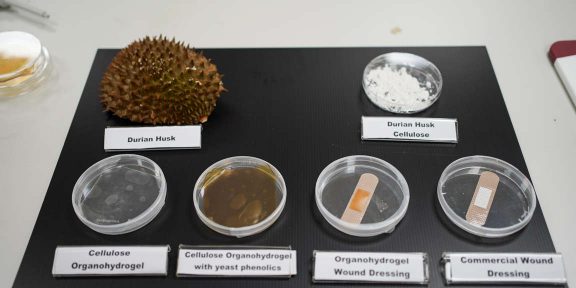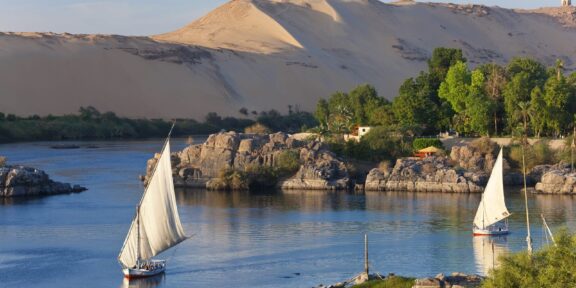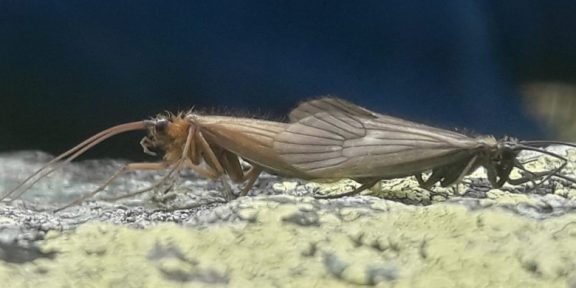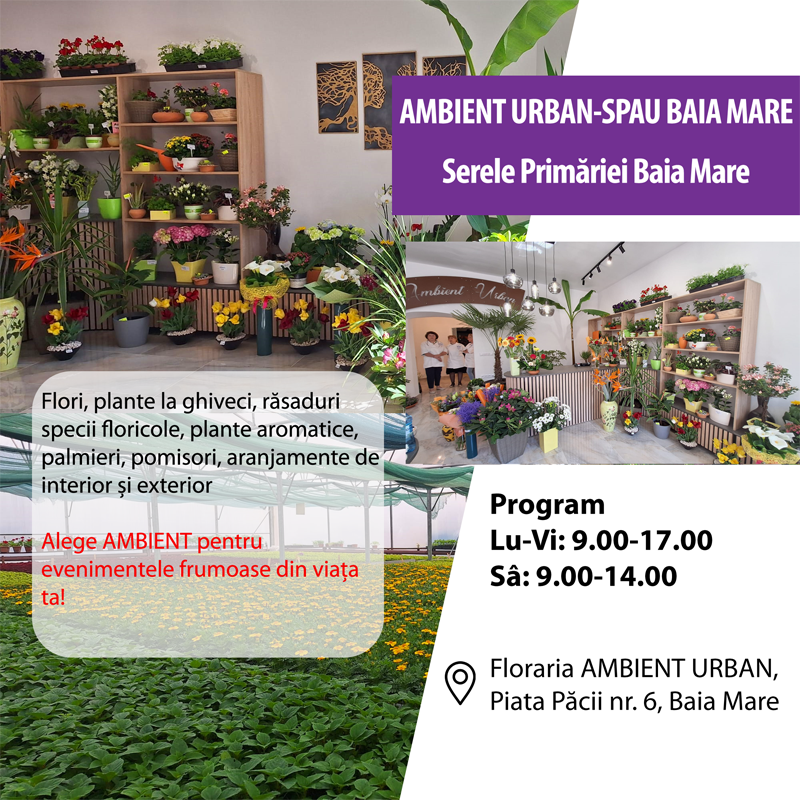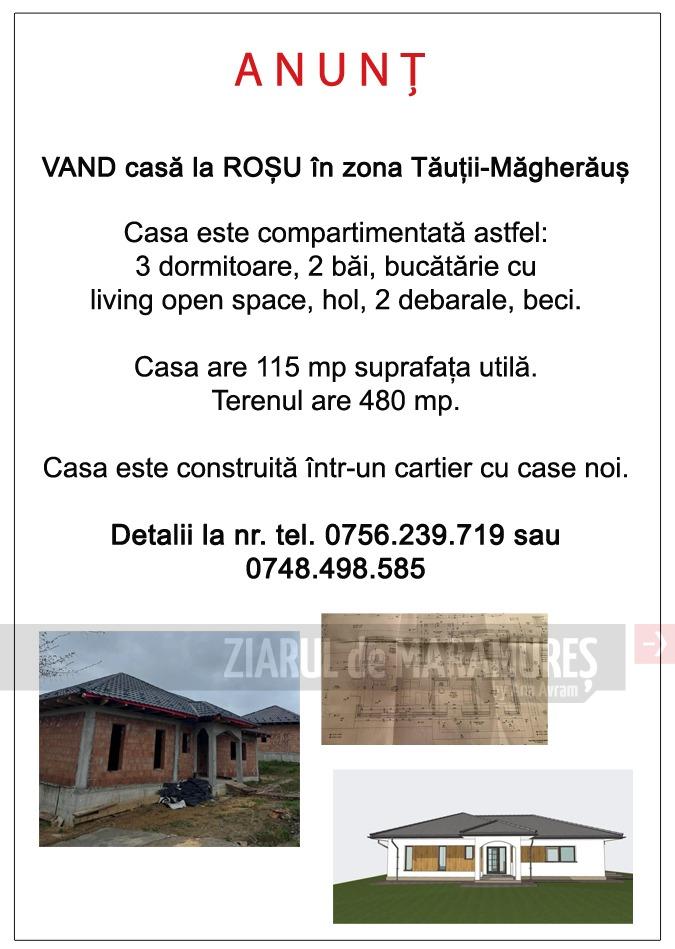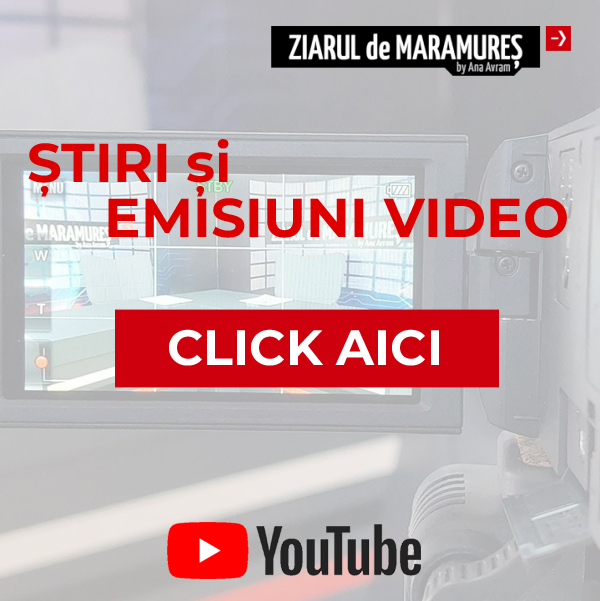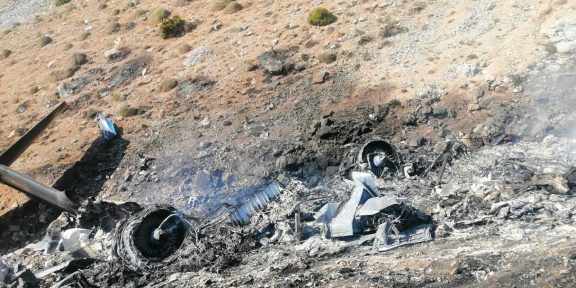Arheologii au scos la iveală o trăsură ceremonială unică din perioada romană în timpul săpăturilor la o vilă situată la marginea oraşului Pompeii, îngropat de o erupţie vulcanică în anul 79 d.Hr., potrivit Reuters și Agerpres.
Trăsura cu patru roţi, realizată din fier, bronz şi cositor şi aflată într-o excelentă stare de conservare, a fost descoperită lângă grajdurile unei vile antice din Civita Giuliana, la aproximativ 700 de metri nord de zidurile oraşului Pompeii.
Massimo Osanna, directorul sitului arheologic Pompeii, a declarat că trăsura este primul vehicul de acest fel descoperit în zonă, în condiţiile în care până în prezent arheologii scoseseră la iveală doar vehicule utilizate pentru transport şi muncă, nu şi pentru ceremonii.
„Este o descoperire extraordinară care ne face să înţelegem mai bine lumea antică”, a subliniat Osanna, adăugând că trăsura ar fi „însoţit momente festive din viaţa comunităţii, precum paradele şi procesiunile”.
Ministerul Culturii a calificat descoperirea drept „unică, fără precedent în Italia”.
Pompeii, situat la 23 de kilometri sud-est de Napoli, avea o populaţie de aproximativ 13.000 de locuitori când a fost îngropat sub cenuşă, în urma unei erupţii a Vezuviului.
Aproximativ două treimi din oraşul antic care se întindea pe o suprafaţă de 66 de hectare au fost până în prezent scoase la iveală. Ruinele sale au fost descoperite de-abia în secolul al XVI-lea, iar săpăturile organizate au început în jurul anului 1750.
